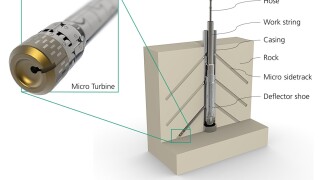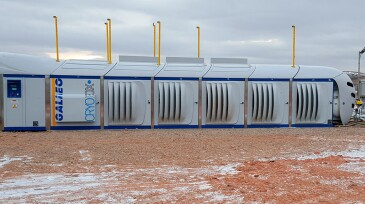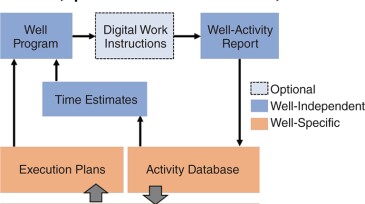Drilling
The Federal Reserve Bank of Dallas’ fourth-quarter energy survey shows that oil prices and geopolitical uncertainty are curbing enthusiasm heading into the new year.
A field test study examines micro turbine drilling in a clay formation that allows steel casing and formation to be drilled in a single operation.
The discovery in the Kutei Basin offshore Indonesia is being considered for fast-track development.
-
ADNOC Drilling and ADNOC Logistics & Services have won the newest round of contracts to develop the mega sour-gas project that will expand the UAE’s production of LNG.
-
It has often been considered risky to use heavy drillships in depths below 2,000 ft. However, a good measure of innovation and market timing has recently proved otherwise.
-
Industry experts from Fugro analyze what the future holds for offshore energy fields and how the industry can embrace and prepare itself for an autonomous and digital future.
-
The drilling of wells in shale and granite shares a common need—faster drilling is required to make it work.
-
A new report shows that the tight offshore rig market is even tighter than most estimates reflect. This offers relief to battered drilling contractors which are now demanding higher dayrates.
-
H&P pumps $33 million into LNG firm Galileo Technologies, supporting technology focused on decarbonization of the energy supply chain.
-
Technology continues to transform every aspect of our lives and its role in modernizing oilfield operations is no different.
-
An operator has redefined onsite operations reporting through the development of a standardized set of reporting activity codes as the backbone of a standardized digital well-design and execution process.
-
The authors describe a study analyzing a comprehensive data set recorded in casing-cemented sandwich sections and recovered during the abandonment of a well in the Valhall Field.
-
The paper describes the experience of using a machine-learning model prepared by the ensemble method to prevent stuck-pipe events during well construction in extended-reach wells.













